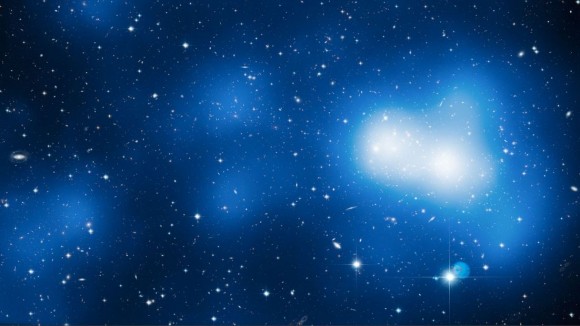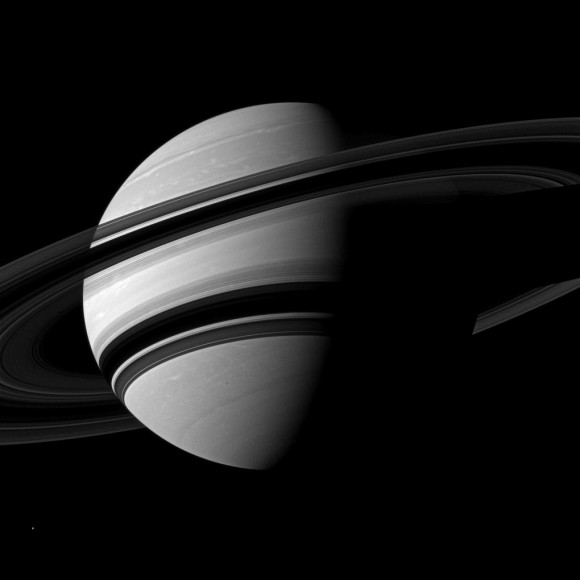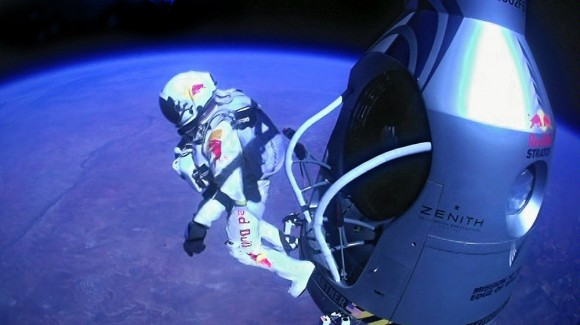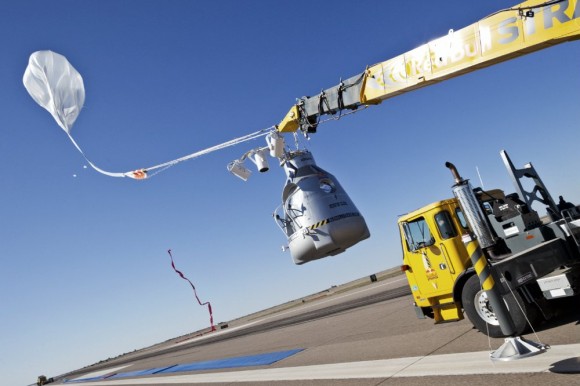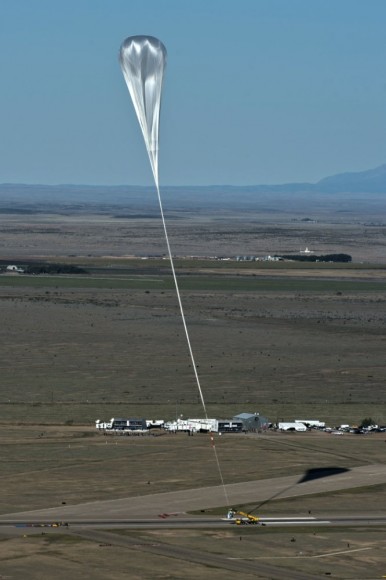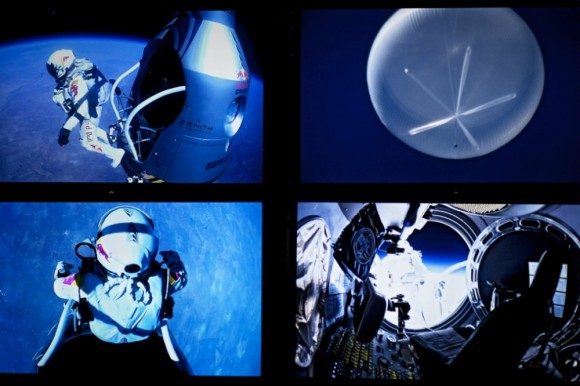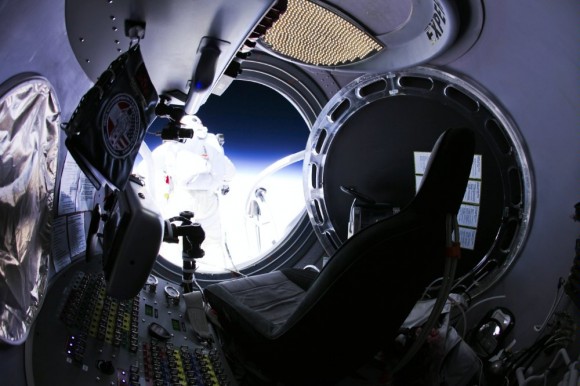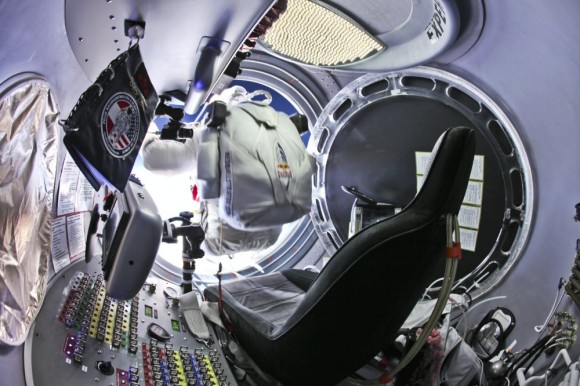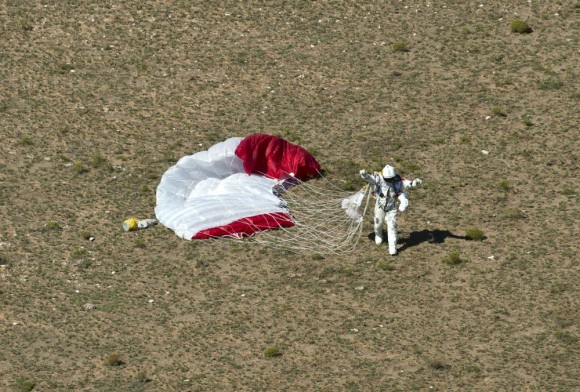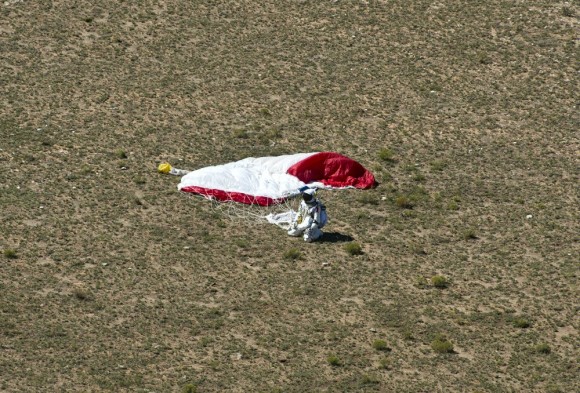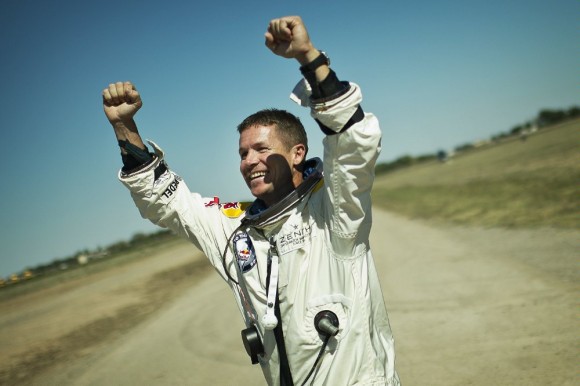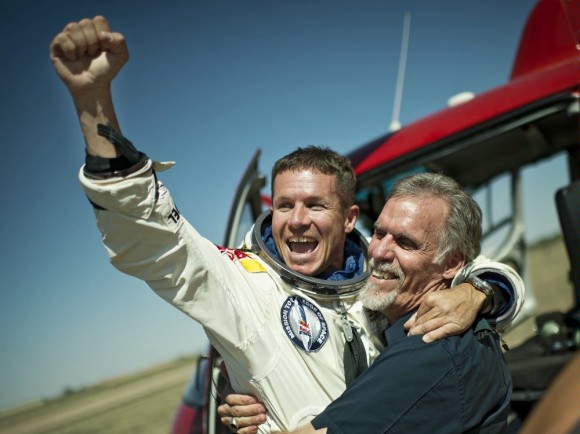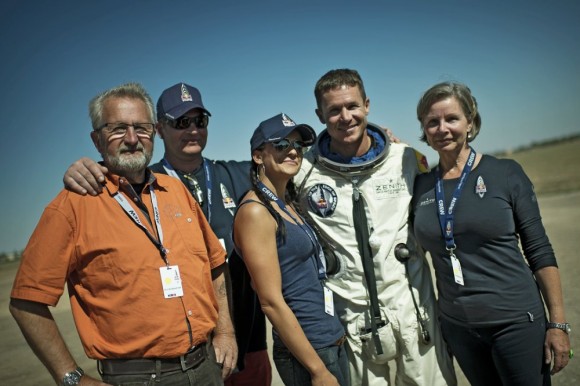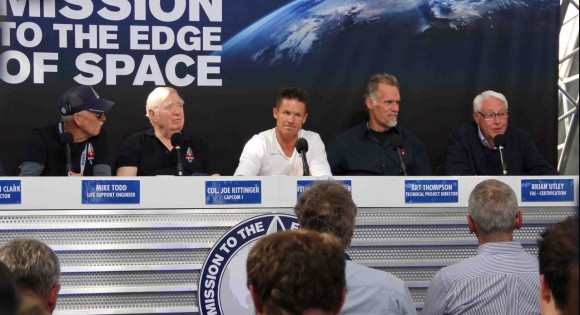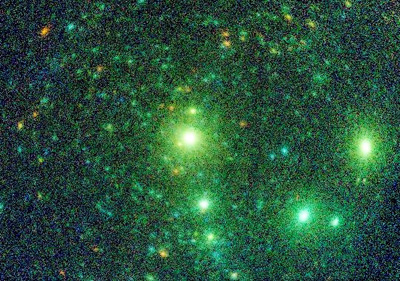Stephen Hawking: God was not needed to create the Universe
The Big Bang was the result of the inevitable laws of physics and did not need God to spark the creation of the Universe, Stephen Hawking has concluded
The scientist has claimed that no divine force was needed to explain why the Universe was formed.
In his latest book, The Grand Design, an extract of which is published in Eureka magazine in The Times, Hawking said: “Because there is a law such as gravity, the Universe can and will create itself from nothing. Spontaneous creation is the reason there is something rather than nothing, why the Universe exists, why we exist.”
He added: “It is not necessary to invoke God to light the blue touch paper and set the Universe going.”
In A Brief History of Time, Prof Hawking's most famous work, he did not dismiss the possibility that God had a hand in the creation of the world.
He wrote in the 1988 book: "If we discover a complete theory, it would be the ultimate triumph of human reason — for then we should know the mind of God.”
Has Stephen Hawking ended the God debate?
Stephen Hawking has declared that his latest work shows there was no creator of the universe. But we shouldn't imagine that will settle the God vs science debate, says Graham Farmelo.
A useful characteristic of a scientific theory is that it must be possible, at least in principle, for experimenters to prove it wrong. Newton and Darwin, two of the greatest theoreticians, both set out ideas in this way, putting their heads on Nature's chopping block. In Newton's case, at least, his ideas have been superseded after proving inadequate in some circumstances. Unlike many religions, science has no final authority; the Royal Society, the UK academy of sciences, expresses this neatly in its motto "Take nobody's word for it".
No religion has ever been set out in terms of scientific statements. This is why scientists are able to mock the claims of religions but have never been able to deal a knock-out blow: in the end, a religious believer can always fall back on a faith that does not depend on verification.
The most famous atheist scientist of our times is the fearless Richard Dawkins, whose God Delusion set out to discredit religion once and for all. For him, it was Darwin's theory of evolution that dealt the fatal blow to religious belief. Powerful and eloquent though it was, religion continues to flourish, and scientists (albeit a minority) continue to go to church, just as Galileo, Newton, Faraday and others have done in the past. I suspect that none of them would have abandoned their respective faiths after reading Dawkins (admittedly, not a scientific statement). Religions will survive so long as they steer clear of making statements that can be shown to be factually wrong.
The kind of science done by Stephen Hawking, one of the leading theoretical physicists of modern times, has an almost religious ring to it. He and his colleagues are trying to find the patterns in the basic fabric of reality – the mathematical laws that govern the workings of nature at its finest level. There is plenty of evidence that these laws hold good all the way back to the beginning of time, which is how scientists have put together an extremely detailed and well-tested theory of the Big Bang, the first few minutes of the universe. The Large Hadron Collider will soon be reproducing, at will, the conditions in the universe within a billionth of a second of the beginning of time.
This has led writers to invest these experiments with a theological significance. The distinguished experimenter Leon Lederman labelled the Higgs particle, being sought at the Collider, as the God Particle, with no good reason except as a hook to promote his book, which he named after it. Yet these experiments will tell us nothing about God. They will simply steer us towards an improved theoretical understanding of our material universe, ultimately in terms of principles set out in mathematics.
Yet this is where religion can sneak back into the picture. Einstein, to the frustration of many of his colleagues, was fond of referring to God when he was talking about the laws expressing the fundamental harmonies of the universe. As Dawkins rightly stresses, it is quite clear that Einstein did not think of God as a white-bearded benefactor capable of interfering with the functioning of the universe. Rather, Einstein followed closely the views of the philosopher Spinoza, for whom the concept of God is an expression of the underlying unity of the universe, something so wondrous that it can command a spiritual awe.
Einstein's views were largely shared by his acquaintance Paul Dirac, the greatest English theoretician since Newton. Dirac, like Newton and Hawking, held the Lucasian Chair of Mathematics at Cambridge University. For Dirac, the greatest mystery of the universe was that its most fundamental laws can be expressed in terms of beautiful mathematical equations. Towards the end of his life, in the 1970s and early 1980s, Dirac often said that mathematical beauty "is almost a religion to me".
As a young man, he was an outspoken atheist, drawing his colleague Wolfgang Pauli to comment, "There is no God and Dirac is his prophet." Decades later, in 1963, Dirac was happy to use theological imagery: "God is a mathematician of a very high order." He was speaking metaphorically, but we know what he meant. Yet I think it is misleading, especially when talking about science to non-specialists, to play fast and loose with the idea of God.
Hawking's view appears to be that the belief in a God-created universe can be supplanted by a belief in M-theory, a good candidate for a fundamental theory of nature at its finest level. Experts assure us of the potential of this theory and I for one am quite prepared to believe them.
One problem with the theory is that it looks as though it will be extremely difficult to test, unless physicists can build a particle accelerator the size of a galaxy. Even if the experimenters find a way round this and M-theory passes all their tests, the reasons for the mathematical order at the heart of the universe's order would remain an unsolvable mystery.
Even religious scientists – and there are still a few – never use the God concept in their scientific work. Perhaps it is time for a moratorium on the use of the concept in popularisations, too? This would avoid mixing up scientific and non-scientific statements and put an end to the consequent confusions. I think it wise for scientists and religious believers to keep out of each other's territory – no good has come out of their engagement and I suspect it never will.
But this is naive. The science-religion relationship, in so far as there is one, continues to be a crowd-pleaser. It seems to be a fundamental law of PR that the God-science debate is a sure-fire source of publicity. Always welcome when one has a book to sell.
Graham Farmelo's biography of theoretical physicist Paul Dirac, 'The Strangest Man', won the Costa Biography Prize and the Los Angeles Times Book Prize


